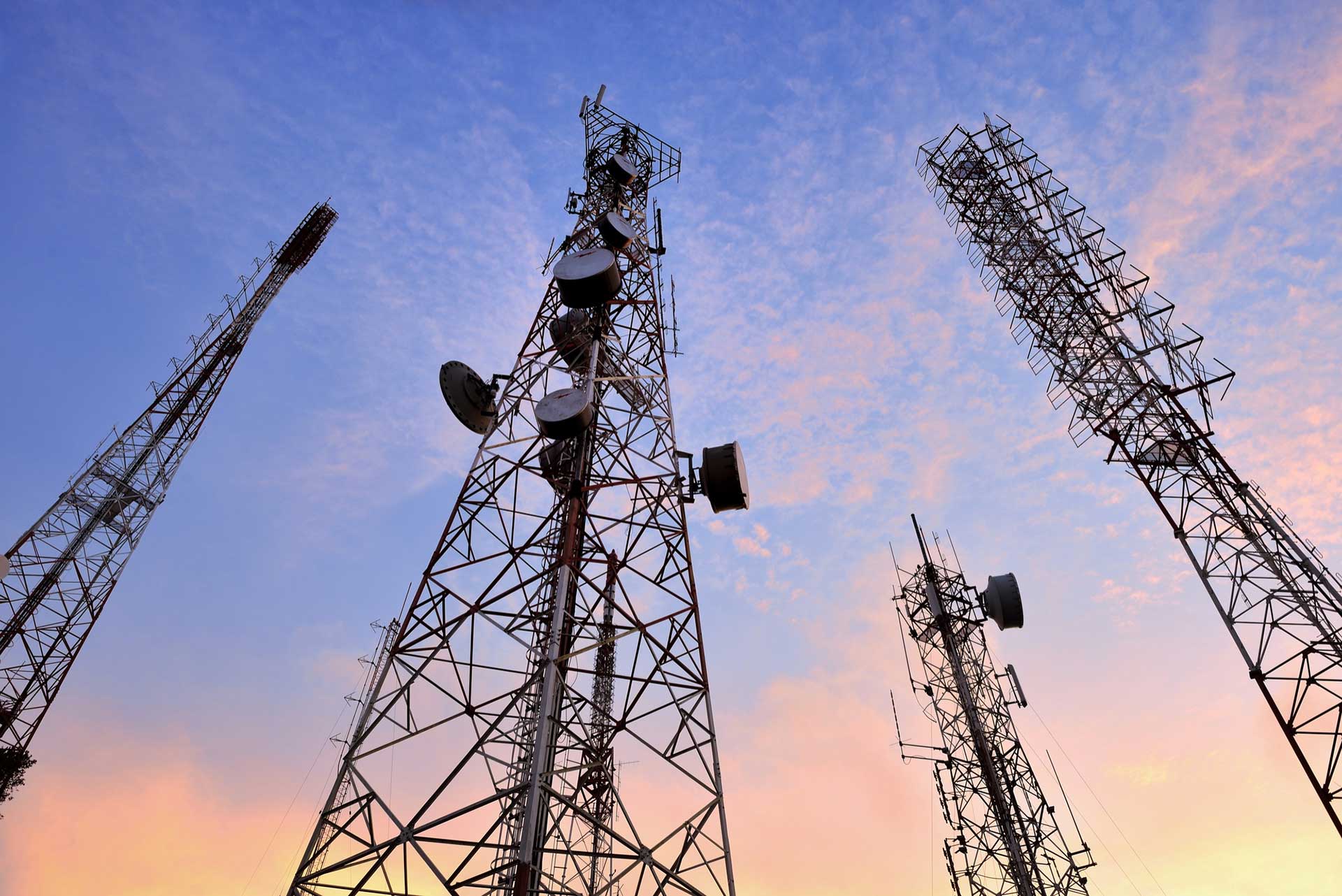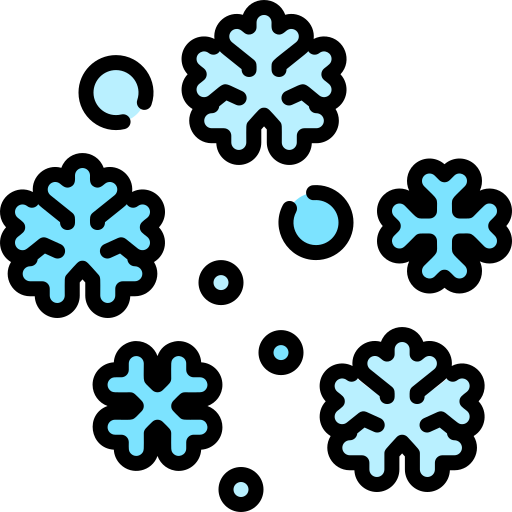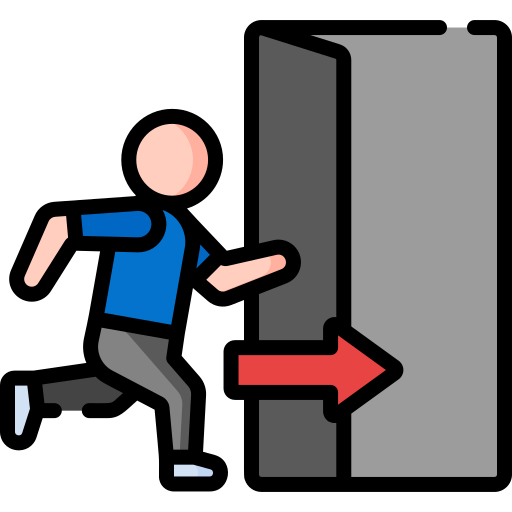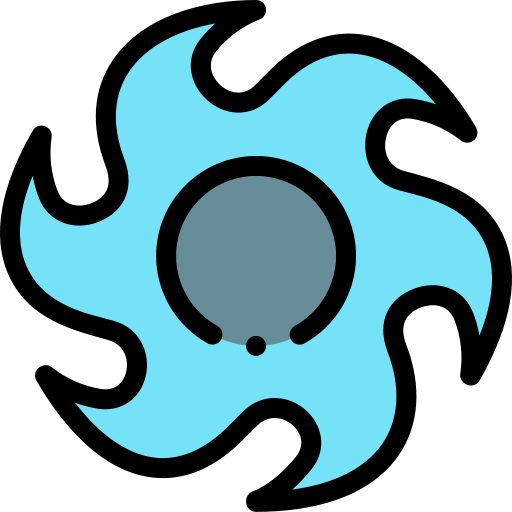JOB RESPONSIBILITIES
- Work with Sales and Solution Team to help plan, develop and execute the finalization of project.
- Coordinating internal resources and vendors for the flawless execution of projects
- Ensuring that all projects are delivered on-time, within scope and within budget
- Developing project scopes and objectives, involving all relevant stakeholders and ensuring technical feasibility.
- Ensure resource availability and allocation
- Develop a detailed project plan to track progress
- Use appropriate verification techniques to manage changes in project scope, schedule and costs
- Measure project performance using appropriate systems, tools and techniques
- Report and escalate to management as needed
- Manage the relationship with the client and all stakeholders
- Perform risk management to minimize project risks
- Create and maintain comprehensive project documentation
- Prepare, schedule, coordinate, cooperate and communicate with contractor, customer and Project Team.
- Manage project department
SUPERVISION
- Receives general supervision from the Director
REQUIREMENT
- Bachelor’s Degree in any engineering field.
- More than 5 years of experience in related field (Data Center)
- Proficient in writing in Malay & English
- Multi-tasks effectively with good attitude
- Trustworthy and able to maintain confidentiality with high level of commitment and initiative
- Some knowledge in ISO documentation is necessary
- Able to work independently
- Computer literate
SUBMISSION
Position is based in Shah Alam. Kindly send in your application and your resume to:
siti@greenbayces.com





































